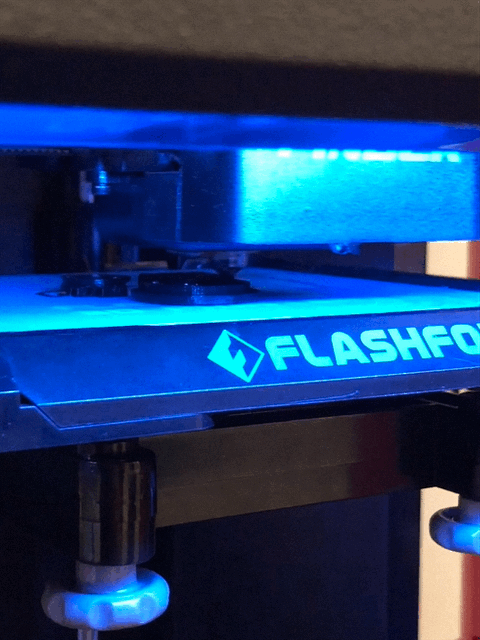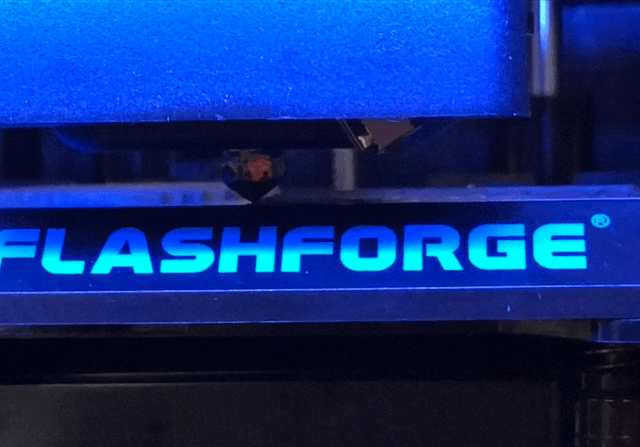Q-tip holder - 3D Printed Object
- Sierramatice Karras

- Jan 31, 2019
- 2 min read
Updated: Feb 6, 2019

For this project we had a small list of requirements. We had to make something useful to ourselves and it had to use three out of four of these modeling functions:
Extrusion
Revolution
Boolean
Fillet Edge/Surface
I decided to make a cute little cup to hold q-tips in for either my bathroom or vanity, because I have been using tea cups that I would much rather be drinking tea out of for the past three years. To ensure that I would actually create something that would be used in my house I added my own requirement, that what I modeled must aesthetically fit in in the existing spaces where I store q-tips.
After doing my initial sketches of the function and aesthetic I was aiming for I decided to go for the simplest of the designs, as to not complicate the modeling process. Despite this I still simplified the design as I discovered both the limitations of my own experience in Rhino (the modeling software we used in class) and the limitations of the software itself. A difficulty of the software that I experienced in my own model and that I observed in other's models was that it sometimes misrepresents wither or not something will be printed as a solid object. In my own model this occurred as the thickness of the base of the cup going all the way up to where the angled edge on the inside was supposed to end rather than stopping when the angled edge starts. In Rhino it appeared to model correctly but when it printed it filled it in. This did not impact the overall usability of the objects so I did not reprint to fix the error, but if I were I would remodel it with a normal fillet rather than a straight angle. One other unexpected problem I ran into was that the supports left the bottom of the cup a little messy, but because that part of it will rarely be visible, it wasn't a big problem.
The feedback I got from my peers on my model was widely in the vein of how cute the design is and how it seems like a widely useful object for a variety of storage situations. The recommendations I got for improvements were mainly that a lid or cap would be nice to keep the q-tips clean, which was something that I considered, but decided against because of how I use my existing q-tip storage. The other recommendation I got was to increase the size of the cutouts or decrease the thickness of the wall, and I agree. Being able to see the sturdiness after printing it, a thinner wall with larger cut outs would be better functionally and aesthetically.
Overall I really enjoyed getting back into 3D modeling and printing, as I haven't had the opportunity to do much of either recently. I already have a number of other things ready to print when the 3D printers are a bit less busy.
The Final Product:
Feedback:



































Comments